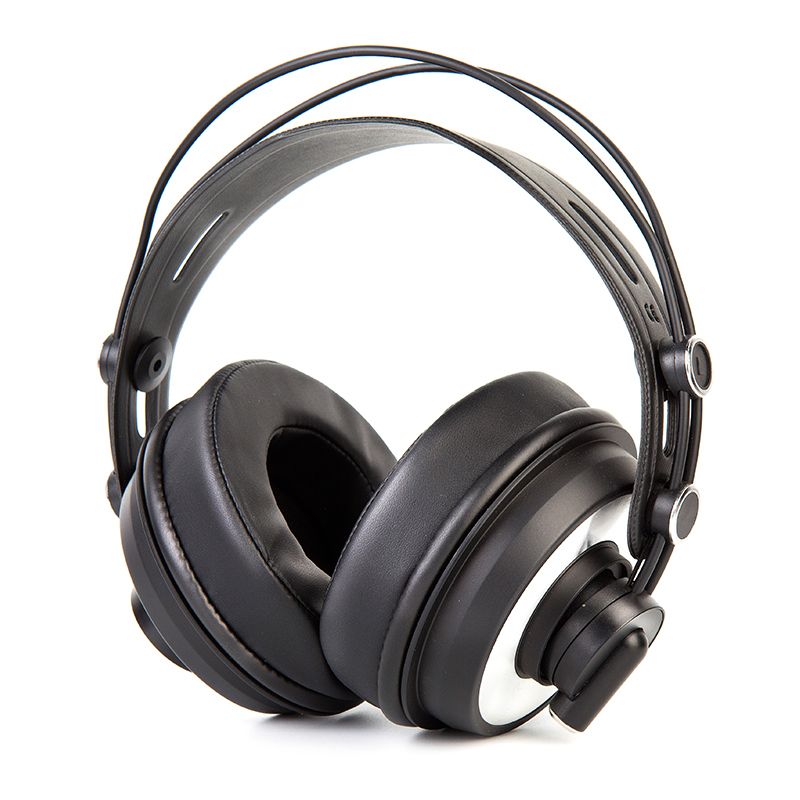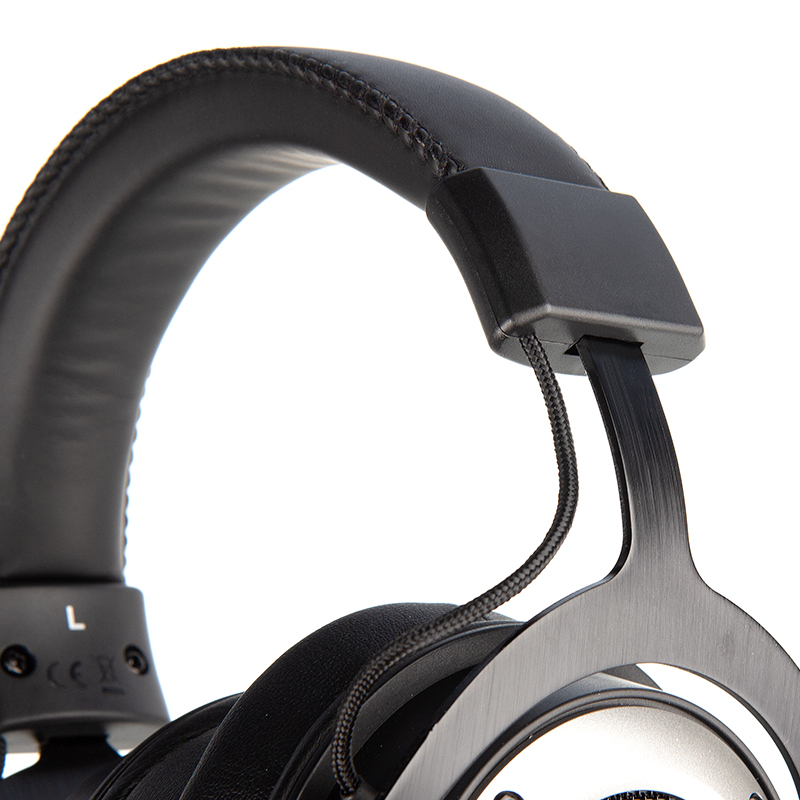
The Hidden Work of Headphone Manufacturers: Testing, Adjustments, and Iteration
Testing: The Unseen Foundation of Quality
Every headphone begins with tests most users will never see. Manufacturers run frequency sweeps, driver matching, and distortion checks to confirm that the sound is accurate. Beyond acoustics, headphones are exposed to mechanical stress tests—bending headbands thousands of times, twisting cables, and simulating pad wear. Wireless models undergo interference and latency checks to ensure stability in real-world environments. For buyers, this invisible testing is what guarantees that every shipment sounds and feels identical.
Adjustments: Turning Data into Refinement
Testing alone doesn’t create excellence—adjustments do. When results show too much bass resonance or clamping force, engineers refine materials, tweak chamber designs, or recalibrate drivers. For example, memory foam density might be modified to improve comfort without losing isolation, or antenna placement adjusted to eliminate Bluetooth dropouts. These refinements ensure the product works not just in theory but in practice, delivering what wholesale buyers expect in daily use.
Iteration: A Cycle That Builds Trust
Iteration is where testing and adjustments combine into long-term improvement. A headphone rarely reaches perfection in the first prototype. Instead, manufacturers repeat cycles of design → test → adjust → retest, often dozens of times before mass production. Iteration reduces risks for ToB buyers, since each generation is better aligned with durability, comfort, and performance. For OEM/ODM projects, this cycle means a brand can launch unique models with confidence that they will meet both technical and market expectations.
Adjustments That Shape Performance
Iteration is not random—it follows patterns guided by buyer needs and user comfort.
| Adjustment Area | What Is Refined | Why It Matters in Bulk Production |
|---|---|---|
| Acoustic Tuning | Driver balance, bass response, treble roll-off | Delivers consistent sound across all units |
| Ergonomics | Cushion density, clamp force, weight distribution | Reduces fatigue during extended wear |
| Wireless Stability | Antenna placement, protocol calibration | Avoids signal dropouts in real-world conditions |
| Durability Checks | Cable bending, hinge stress, pad wear | Ensures long product life for large-scale buyers |
Each adjustment is a small step, but together they shape the headphone’s character.
Iteration as a Strategic Advantage
For bulk buyers and brand owners, iteration is not wasted time—it’s insurance. A manufacturer who invests in hidden work reduces warranty claims, improves customer loyalty, and enhances the brand’s credibility. In a market crowded with look-alike products, this behind-the-scenes rigor is often what distinguishes a trusted OEM partner from a short-term supplier.
Common Questions
Q1: How do repeated iterations affect delivery timelines?
audfine integrates iteration into the early production stages, ensuring refinement doesn’t delay bulk shipments.
Q2: Will adjustments for OEM projects compromise consistency?
No. audfine’s process applies the same acoustic and mechanical standards to custom models, so branding never sacrifices reliability.
Q3: Why is hidden testing important for large international orders?
Because global buyers need certainty. audfine provides RoHS and REACH compliance alongside performance tests, reducing risk in cross-border supply.
Why audfine’s Hidden Work Creates Visible Value
The end user may never know how many tests or adjustments were made before their headphones reached the shelf—but buyers do. For distributors, retailers, and brand owners, audfine’s hidden work means confidence: confidence in sound quality, comfort, wireless stability, and durability. By embedding testing, adjustments, and iteration into every stage of OEM/ODM production, audfine delivers more than headphones—it delivers consistency at scale.
Discover the depth of our process on the Homepage or reach us through Contact Us to explore OEM and wholesale opportunities.



